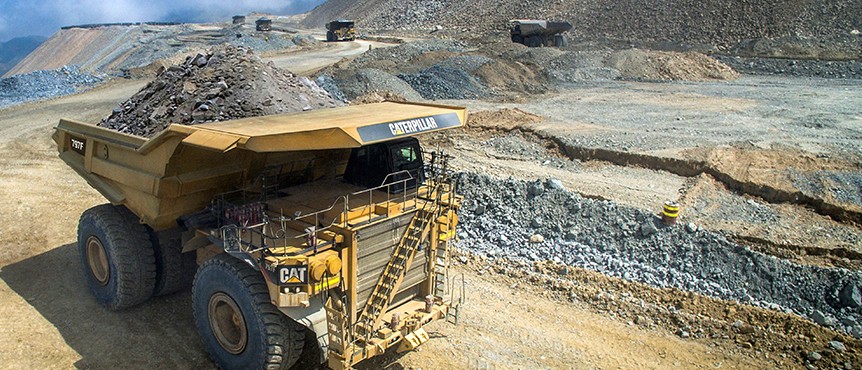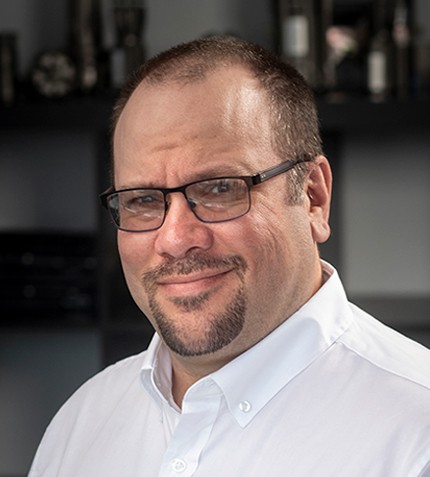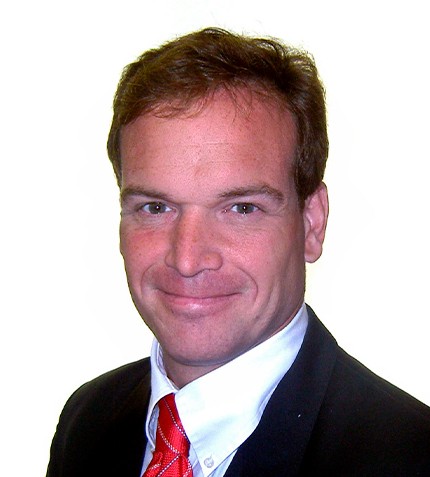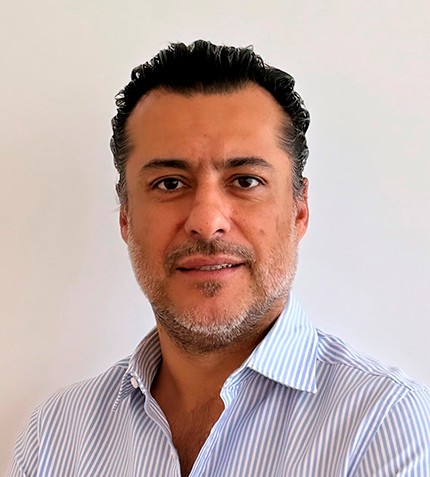Peru’s mines are making up for the time lost during lockdown.
Mining Production in Peru

Image courtesy of Ferreyros
Copper’s Rebound Offers Hope
Before the COVID-19 pandemic grounded the majority of Peruvian mines to a halt, save for essential measures such as heap leaching, processing and environmental care and maintenance, Peru had experienced three years of stable copper production. In 2019, Peru’s copper production stayed within a percentage point of the previous year’s figure, reaching an annual total of 2.46 million tonnes (mt/y), a 0.8% year-on-year increase. Having experienced sharp growth between 2014 and 2017, moving from an annual average of less than 1.5 million mt/y in the years previous, this period of stability preceding the new decade was expected to be followed by growth. While it is hard to predict the full extent of the damage caused by the novel coronavirus, a robust near-term pipeline of expansion projects, anchored by two high-profile greenfield projects – Mina Justa and Quellaveco – gives Peru a solid platform for growth when operations are able to ramp up.
Furthermore, the market revival of the red metal in 2020, despite a depressed world economy, will inject much needed liquidity into producers looking to make up for time lost during lockdown. In March, copper traded below US$2.00/lb, its lowest level since the global financial crisis of 2008-2009, but in a remarkable turnaround, a recovery of nearly 50% saw spot prices reach just shy of US$3.00/lb by mid-July. High imports from China were the main catalyst for this rise, and government-backed infrastructure projects across the globe enhance a robust outlook.
In 2021, Southern Copper’s Toquepala expansion will see its first full and uninterrupted year of production. Minsur’s Mina Justa operation was expected to open by the end of 2020, but will now ramp-up in 2021, due to lockdown delays, and is expected to produce 100,000 mt/y of copper, including 58,000 mt of copper cathodes. Anglo American’s Quellaveco will contribute a further 300,000 mt/y of copper starting in 2022. In February 2020, Hudbay Minerals secured a surface rights agreement with the community of Chilloroya for the Pampacancha satellite deposit located near the company’s flagship Constancia copper-gold mine, the lowest cost open-pit sulphide copper mine in South America according to Hudbay, which announced it expects to be mining ore from the deposit in early 2021.
However, in the medium to long term, ambitions to close the production gap with Chile will be delayed. Although Chilean production fell by 0.8% in 2019 on the back of declining ore grades and financial issues at state giant Codelco, catching up to Chile’s total of 5.78 million mt/y would require numerous district scale projects to move into production. Before the coronavirus outbreak, the Ministry of Energy and Mines (MEM) had predicted an increase in Peru’s copper output of 27% by 2022, but progress will be partly dependent on the ironing out of social issues that have interrupted production at Las Bambas and delayed projects such as Southern Peru’s Tía María and Southern Peaks Mining’s Ariana.
“Ariana is currently in a state of limbo and what is happening is not only a threat for the Ariana project, but for all new mining operations in Peru,” stated Adolfo Vera, Southern Peaks’ president and CEO, who clarified that, while there is no local opposition to Ariana, an NGO contesting the project caused Southern Peaks to reduce the rate of construction whilst awaiting a decision from the Constitutional Court. Underlining the role the mining industry plays in the country’s economic development, Vera suggested that this source of income should be protected instead of fought against. “Once the non-sensical claim is rebuffed, the Ariana project is approximately 18 months away from being completed,” said Vera, who went on to detail the progress made by Southern Peaks in 2019 by reinterpreting the geology of its Condestable flagship asset, increasing the life of mine significantly, and growing resources by a multiple of 2.4, a mark Vera expects to improve on again in 2020. “As soon as we obtain the permit, we will start to further expand the capacity at Condestable in light of the new size of the resource and reserve,” he explained, adding that the company hopes to have completed a feasibility study on the expansion of Condestable by 2021.
A Precious Metals Bull Market
In Peru, gold production declined for the fourth consecutive year in 2019, with an output of 4.13 million ounces (Moz/y), a 9.94% decline from 2018. Likewise, silver saw a 7.24% decrease from 133.8 Moz/y to 124.1 Moz/y, its third consecutive year on a downward trend.
Despite decreasing production, Peru remains the sixth biggest gold producer in the world and the second biggest silver producer. Declining output is being offset by surging prices, as gold broke the US$1,800/oz barrier in July 2020, its highest mark since 2011, and is expected to reach new highs. While silver has suffered more due to its industrial applications, it approached US$20/oz in July, inching towards a 5-year high set in August 2016 (US$20.71/oz).
Buenaventura (BVN) is Peru’s biggest precious metals producer, with a wide array of its own operations and a stake in Yanacocha (Peru’s largest gold mine operated by Newmont). Víctor Gobitz, Buenaventura’s CEO, acknowledged that the downward trend in gold production and diversification into base metals is being reflected in the company’s portfolio, with production falling at Orcopampa and La Zanja, and Yanacocha’s production currently stable at around 0.5 Moz/y, but expected to decrease in the coming years. “So, in the medium term, San Gabriel will be a key project for us as it will be a breaking point; while Yanacocha, Tantahuatay and La Zanja will become gold-copper producers and not just gold producers,” he explained.
When asked how base metals are playing an increasing role in Buenaventura’s production profile, Gobitz emphasized the idea that Buenaventura should be a long-lasting investment vehicle with consistent financial results, which can be achieved through diversification. “In this respect, it is easier to find larger deposits in base metals than in precious metals. We will always have a big focus on gold and silver, but industrial metals are becoming increasingly important,” he said.
Evidence of this came in December 2019, as Buenaventura announced a strategic investment into Canadian base metals junior Tinka Resources, who are advancing the Ayawilca zinc project.
Meanwhile, Gold Fields continued its growth in South America in 2019 with the advancement of its Salares Norte project in Chile, as well as the completion of a feasibility study at its Cerro Corona mine in Cajamarca, northern Peru, where mine life has been extended to 2030 – an extension of seven years. With a scoping study set to be performed in 2020 aimed at further extending the LOM at Cerro Corona to 2034, Luis Rivera, Gold Fields’ executive vice president of the Americas region, gave an overview of the milestones achieved by the company and its growth ambitions in Peru: “Gold Fields’ South American operations have the company’s lowest running costs in the world. The net profit coming out of Peru is 21% of the company’s entire profits. Our Peru business contributes approximately 310,000 gold equivalent ounces per year (oz eq/y), and our objective is to acquire another asset to reach a 500,000 oz eq/y target.”
In December 2019, Gold Fields became the first open pit mining company in Peru to obtain the ISO 45001:2018 certification for its Cerro Corona operation, awarded due to its emphasis on safety. Elaborating on Gold Fields’ priorities moving forward, Rivera added that key areas of focus include water stewardship, mine closure and the reduction of carbon emissions and energy usage. “All of our operations are certified to the ISO 14001 standard and are fully compliant with the International Cyanide Management Code. For example, Gold Fields does not use mercury for the beneficiation of gold or in any of its processes,” concluded Rivera.
Maintaining Peru’s Project Pipeline
On January 29th, President Martín Vizcarra announced that Southern Peru’s Tía María mining project in Arequipa will not be carried out during his government. "In this government no, there is no way," he affirmed, declaring that granting a construction permit does not necessarily imply having a social license. Although Vizcarra mentioned that other mining projects were being successfully developed, the risk that a project as high-profile as Tía María becomes the poster child for resource development in Peru, at least in the eyes of the general public, is not something that should be taken lightly.
“If you look at the outcome of the congressional election, you will notice that politicians with anti-mining rhetoric won in regions where mining is prevalent,” observed Claudia Copper, who has been appointed the president of PERUMIN, the country’s main mining convention and exhibition, for 2021. “Despite the mining sector giving a lot of money to the regions it operates in, there is still a lot of anger,” she added, advising companies to be proactive in their engagement with communities instead of leaving the relationship building to the state.
Why does this anger exist? Augusto Cauti, Vice Minister of Mines, spoke of the lack of trust that has grown in recent years amongst all parties in the mining sector and the need to present appropriate, transparent and clear information. “The mining sector is complex and not always easy to comprehend and comprehensive to be explained, and the challenge is to show the benefits the industry can provide to improve the quality of life to the inhabitants with something tangible rather than just rhetoric,” he said, continuing: “I believe that developing projects in a low-profile manner and/or just as a good neighbor should be things of the past – the sector has to have a more visible face and involve more in alliances with people and local activities from the surrounding areas.”
With a lack of major greenfield projects on the horizon after Quellaveco, which is expected to move into production in 2022, projects currently in the pipeline such as Bear Creek Mining’s Corani silver-lead-zinc deposit in Puno have taken on elevated importance. Furthermore, in light of the need to revive the economy in a post- pandemic landscape, project development should become a priority. On a micro level, for the regions that host the projects, the importance of project development can be fundamental, a fact illustrated by the National Institute of Statistics (INE) declaring Puno as the poorest district in Peru. “Mining Canon (amounting to 50% of income tax, transferred to the regions and areas of influence of projects) has been decreasing in recent years, mainly due to the lower contributions from Minsur’s San Rafael mine related to lower metal prices as well as production. The direct and indirect revenues to local communities from a project the size of Corani will have a transformational impact in the region,” stated Elsiario Antúnez de Mayolo, Bear Creek’s COO & general manager.
The successful development of mining projects in Peru often depends on early-stage engagement with local communities. In 2012, Common Ground Consultants did a review of the Corani region and made recommendations to Bear Creek as to the type of social programs the company should implement. These recommendations were expanded upon by Andrés Franco, VP corporate development, who elaborated how Bear Creek is working towards the diffusion of information by educating the local population on the project’s environmental impact: “Selected community representatives were enrolled in an intensive program that covers the Environmental and Social Impact Assessment, or ‘ESIA’,” he explained, with the training covering such topics as use of chemicals and the milling processes. “These people now have extensive knowledge about the ESIA and are qualified to, and have been engaged to, explain environmental matters related to the Corani project to community members and visitors,” Franco added, noting that such an initiative stimulates community engagement and provides a high level of transparency and, at the same time, mitigates any risks that stem from a lack of knowledge about the impacts of the project.
Bear Creek contracted Common Ground to undertake a follow up social review in 2019, and their findings highlight an important point occasionally overlooked when considering the dynamics of the relationship between mining projects and communities – once the locals are on board, they expect work to go ahead. “Common Ground’s December 2019 report showed that we have done an excellent job in earning social license, but their one area of concern is that the people want the mine to be built and are waiting for us to start work to further improve their lives,” observed Anthony Hawkshaw, Bear Creek’s president and CEO.










